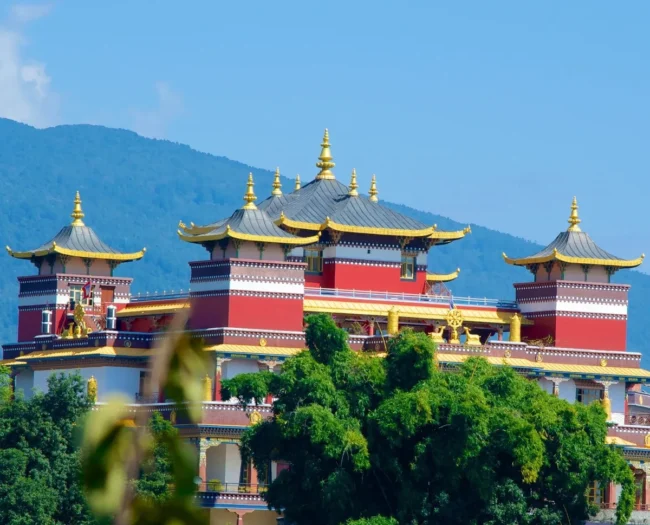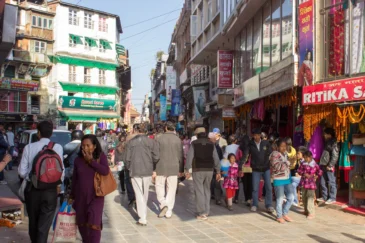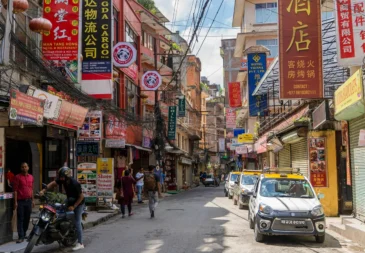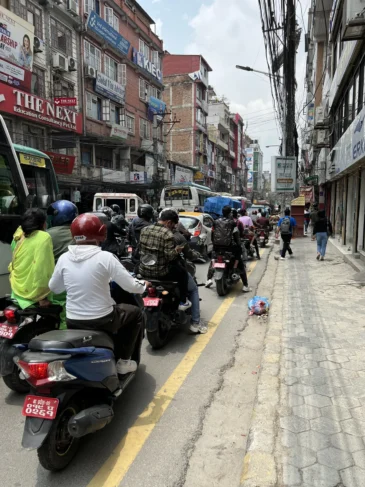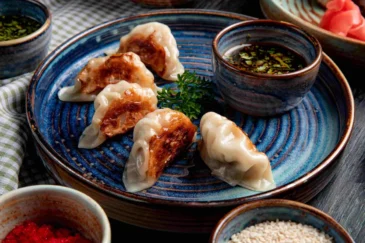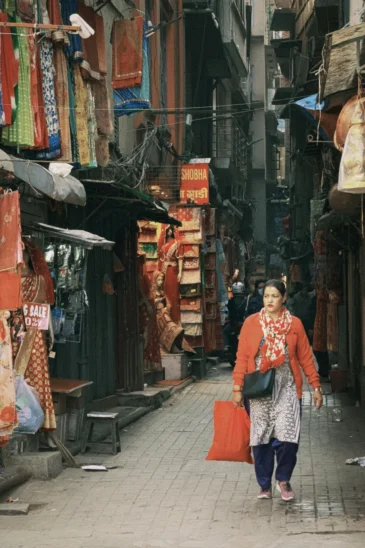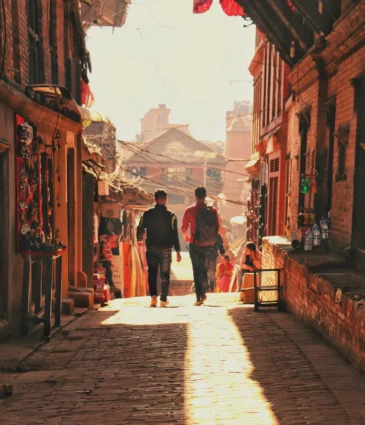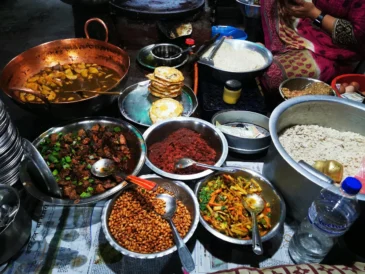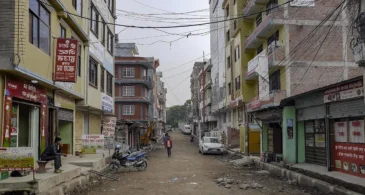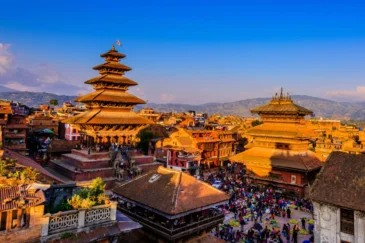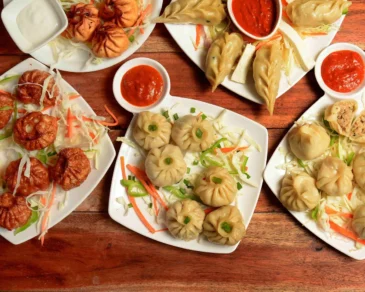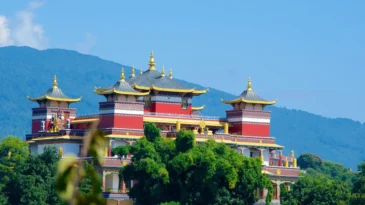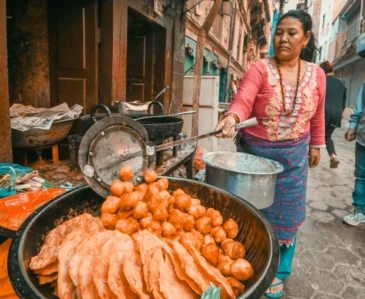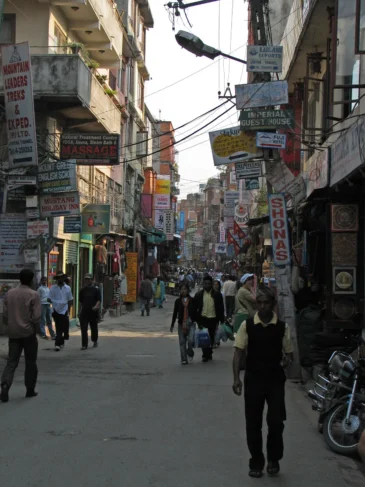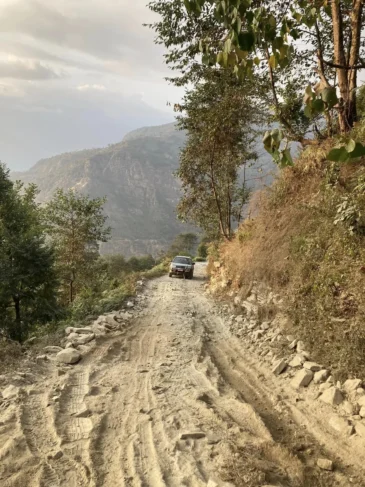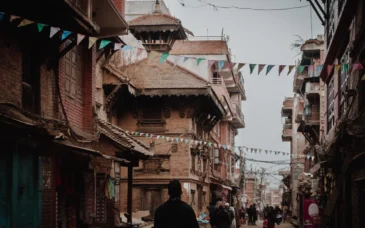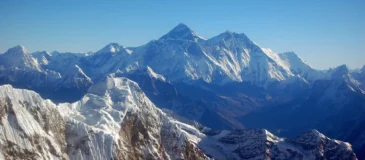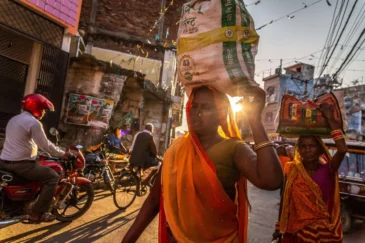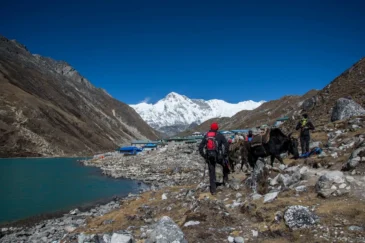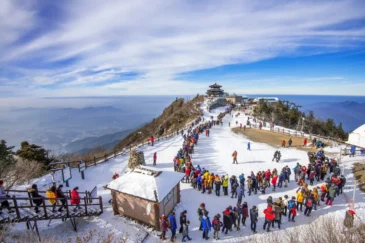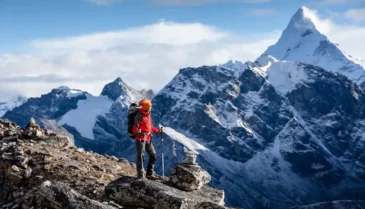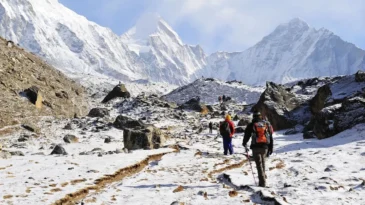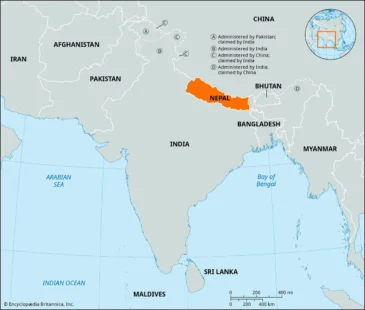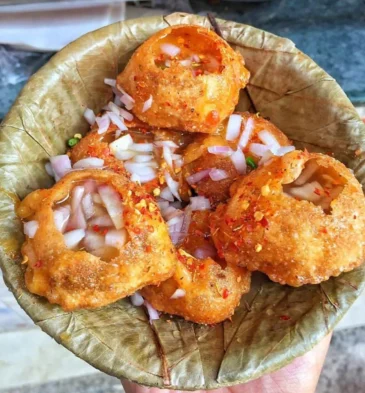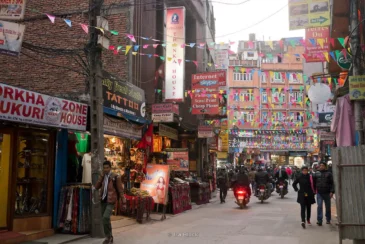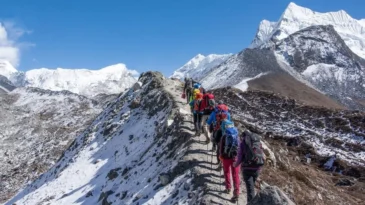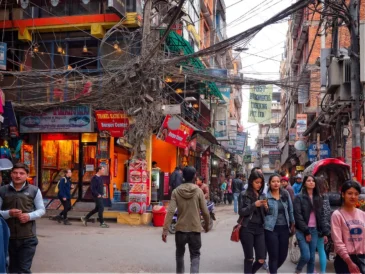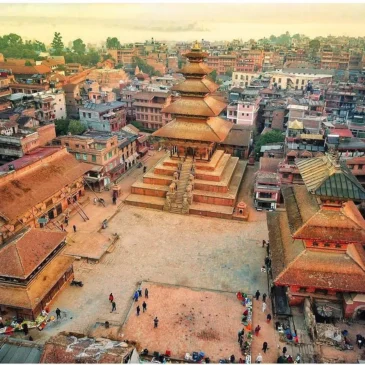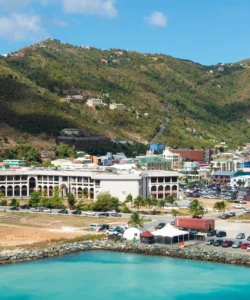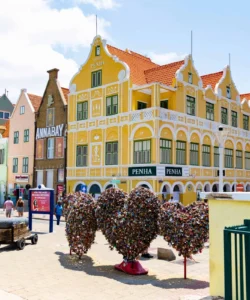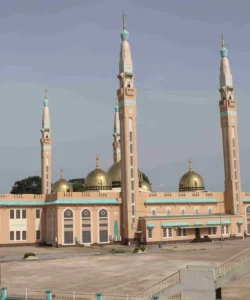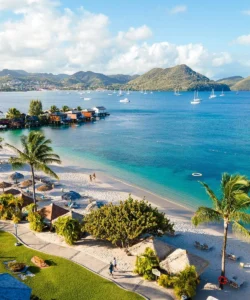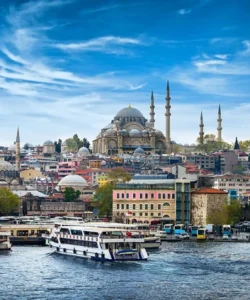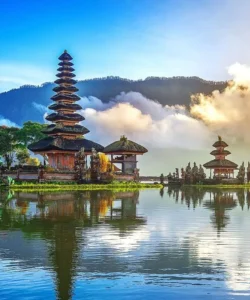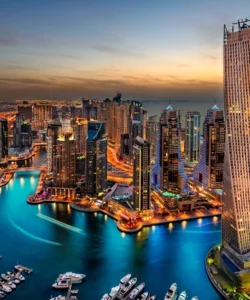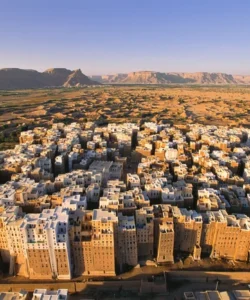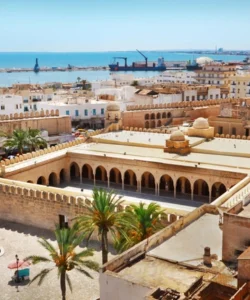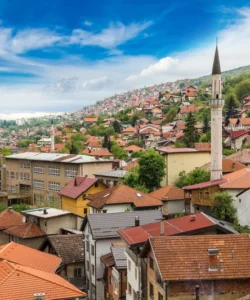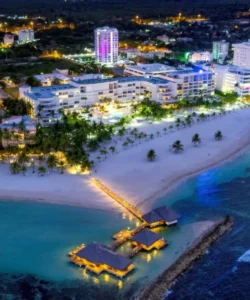Nepal, a landlocked country nestled in the Himalayas, is renowned for its stunning mountain landscapes and rich cultural heritage.
Area: Approximately 147,181 square kilometers.
Population: As of the 2021 census, the population was 29,164,578.
Language: The official language is Nepali. Many other national languages are recognized, with Maithili being the second most spoken.
Currency: Nepalese Rupee (NPR).
Religion: The dominant religion is Hinduism (81.3% in 2011), followed by Buddhism (9.0%), Islam (4.4%), Kirat (3.0%), and Christianity (1.4%).
Capital: Kathmandu.
Major Cities: Besides Kathmandu, other important cities include Pokhara, Bhaktapur, Lalitpur, Janakpur, and Biratnagar.
Attractions:
Nepal is a paradise for adventurers and cultural enthusiasts alike. Key attractions include:
- Himalayan Mountains: Home to eight of the world’s fourteen 8,000-meter peaks, including Mount Everest. Trekking to Everest Base Camp, Annapurna Base Camp, and Langtang Valley are popular activities.
- UNESCO World Heritage Sites:
- Kathmandu Valley: Features multiple Durbar Squares (Kathmandu, Patan, Bhaktapur) with ancient palaces, courtyards, and temples, along with significant Buddhist stupas like Swayambhunath (Monkey Temple) and Boudhanath, and the Hindu temple Pashupatinath.
- Lumbini: The birthplace of Gautam Buddha.
- Sagarmatha National Park: Home to Mount Everest and diverse wildlife.
- Pokhara: Known as the “City of Lakes,” offering tranquil lakes, mountain views, and a hub for adventure sports like paragliding, zip-lining, and boating.
- Chitwan National Park: A wildlife viewing destination, offering safaris to spot endangered species like Bengal tigers and one-horned rhinoceroses.
- Adventure Sports: Beyond trekking, Nepal offers white-water rafting, bungee jumping, skydiving, and more.
Wonders: Nepal’s wonders are largely its natural landscapes and cultural sites. The Himalayas themselves are considered a natural wonder, while the ancient temples and stupas in the Kathmandu Valley represent significant cultural and architectural achievements.
Architecture: Nepali architecture primarily features three styles:
- Pagoda Style: The most iconic, characterized by vertically stacked, multi-tiered roofs with upward-curving eaves and carved wooden struts. These structures often culminate in a golden pinnacle.
- Stupa Style: Prominent in Buddhist temples, often featuring a dome-shaped base, a white-washed structure, and a spire (harmika) with the Buddha’s eyes.
- Shikhara Style: Found in some Hindu temples, characterized by a tall, pointed tower above the sanctum, often intricately carved.
- Traditional Newari Architecture: Rich in ornate wood carvings and brickwork, particularly seen in the historical centers of Kathmandu Valley.
Roads: Road conditions in Nepal can be challenging, especially outside major cities. While a network of national and provincial highways exists, many roads are poorly maintained, leading to bumpy rides and potential delays. The Tribhuvan Highway was the first modern road, connecting Kathmandu to the Indian border. Road development is ongoing, but issues persist, particularly during the rainy season.
Hotels: Nepal offers a range of accommodations, from luxurious international chain hotels (like Hyatt, Marriott, Hilton) in major cities like Kathmandu to boutique hotels, guesthouses, and trekking lodges. Options are available for various budgets, with many hotels in tourist hubs like Thamel in Kathmandu and Lakeside in Pokhara.
Restaurants: Nepali cuisine is diverse, and restaurants cater to various tastes. You can find authentic Nepali food, including Newari specialties around Patan Durbar Square. International cuisines (Italian, French, Israeli, Indian, Vietnamese, Chinese) are also widely available, especially in Kathmandu and Pokhara. Popular dishes often include momos (dumplings), dal bhat tarkari (lentil soup, rice, and vegetable curry), and various curries.
Cuisine: The staple meal in Nepal is Dal-Bhat-Tarkari, which consists of lentil soup (dal), steamed rice (bhat), and a vegetable curry (tarkari). Other popular dishes include:
- Momos: Steamed or fried dumplings with various fillings (meat or vegetable).
- Newari Cuisine: Specific to the Newar community, featuring dishes like Chatamari (rice flour crepe), Bara (lentil patties), and Samay Baji (a traditional platter with various items).
- Thukpa: A Tibetan noodle soup.
- Gundruk: Fermented leafy green vegetable, often served as a side dish or soup.
- Sel Roti: A traditional homemade, ring-shaped bread, often made during festivals.
Annual Travel: Tourist arrivals in Nepal were significantly impacted by global events in recent years. In 2019, Nepal saw an all-time high of nearly 1.2 million tourists. While numbers dropped in 2020, they have been recovering, reaching over 1 million tourists in 2023. Tourism is a vital part of Nepal’s economy.
